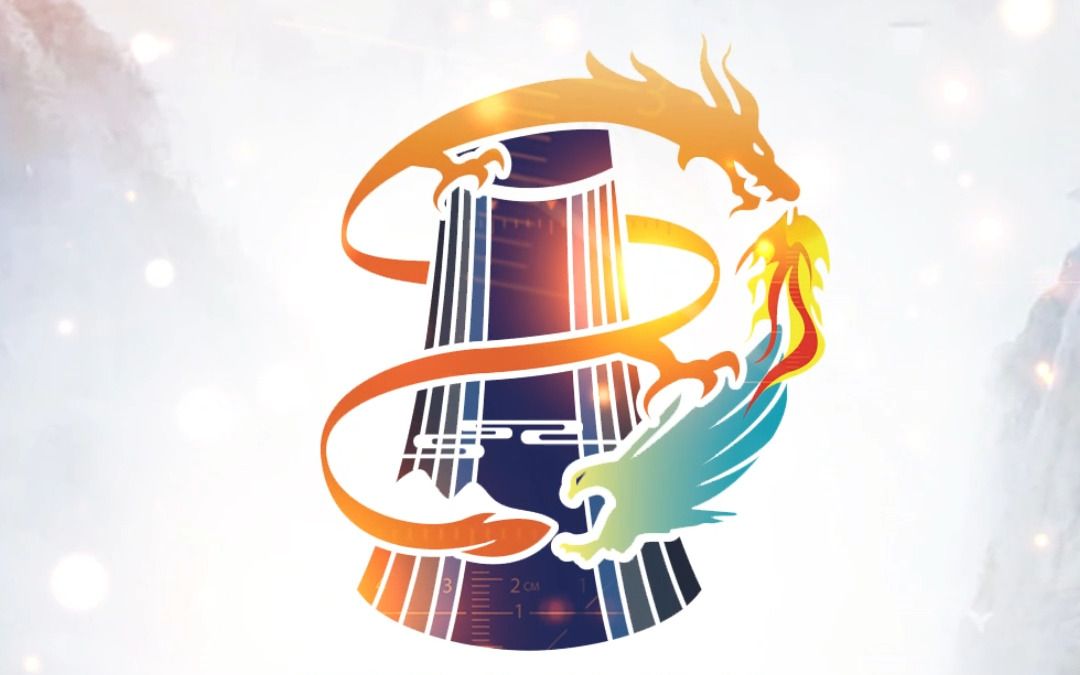马面裙:古典而优雅的中国传统服饰
The horse face skirt has a long history and rich cultural connotation. It was once the daily attire of women in the Ming Dynasty and was also worn by Princess Diana of England. This article will introduce the origin, development, characteristics, and influence of the horse face skirt, allowing you to appreciate the classical and elegant charm of this attire.
I. Origin and Development of the Horse Face Skirt
The horse face skirt originated in the Song Dynasty. The earliest form was a long robe called 'ye sa', which was convenient for walking and horse riding. In the Yuan Dynasty, the 'ye sa' gradually evolved into a 'zhishi', with front and back slits becoming flat skirt doors, and pleats added on both sides. The 'zhishi' was very popular in the Yuan Dynasty, simple and generous, suitable for various occasions.
During the Ming Dynasty, the 'zhishi' further evolved into the 'horse face skirt'. This name first appeared in the early Ming Dynasty's 'Da Ming Hui Dian', describing the similarity between the skirt door and the horse face architecture on the city wall, hence the name 'horse face skirt'.
II. Characteristics and Influence of the Horse Face Skirt
The horse face skirt has the following characteristics:
1. Convenient and practical: The flat skirt door and pleats of the Ma Mian skirt allow the wearer to walk, kneel, and ride horses easily. The wide skirt can cover the lower body, maintaining elegance and etiquette. The waist ties can be adjusted to accommodate changes in body shape, adapting to different seasons and climates.
2. Various changes: The Ma Mian skirt went through a process of development from simplicity to complexity in the Ming Dynasty. The styles, colors, patterns, and craftsmanship became rich and diverse. There are various styles to choose from, such as round collar, straight body, Dao Pao, trailing scattered, attached lining, and shawl skirt. There are colors such as red, yellow, blue, white, and black. There are patterns of flowers, animals, and geometric shapes. There are techniques such as makeup, weaving gold, weaving silver, and embroidery.
3. Cultural symbol: The Ma Mian skirt is not only a type of clothing, but also a symbol of culture. It reflects the social status and identity recognition of women in the Ming Dynasty, showcasing aesthetic taste and cultural cultivation. The patterns on the skirt convey auspicious meanings such as good fortune, wealth and honor, and longevity and well-being, demonstrating observations and insights into nature and humanity. Following the etiquette standards of the Ming Dynasty, it inherits the culture of etiquette.
As a classical and elegant garment, the horse-faced skirt has also had an influence on future generations and the fashion industry overseas. In the Qing Dynasty, some women still wore horse-faced skirts, especially Manchu women who paired them with Manchu costumes. In modern times, the horse-faced skirt was loved by some women in the Republican period, and they blended it with Western-style clothing to showcase the temperament and elegance of the new era's women. Nowadays, the horse-faced skirt has attracted the attention of the international fashion industry, and some well-known designers and celebrities have worn or designed horse-faced skirts. Among them, the style of Princess Diana of the United Kingdom wearing a horse-faced skirt in 1981 is especially classic.
In conclusion, as a traditional Chinese garment with a long history and rich cultural connotations, the horse-faced skirt was once popular in the Ming Dynasty and has also attracted the attention of the international fashion industry in modern times. Its characteristics of convenience, versatility, and cultural symbolism showcase the charm and influence of Chinese women's dress culture.
I hope that more people can pay attention to and appreciate the horse-faced skirt, a classical and elegant garment. It is not only an art and culture, but also a treasure worthy of inheritance and development.

